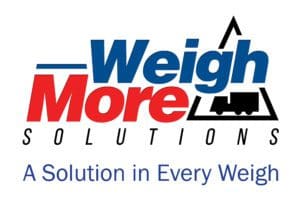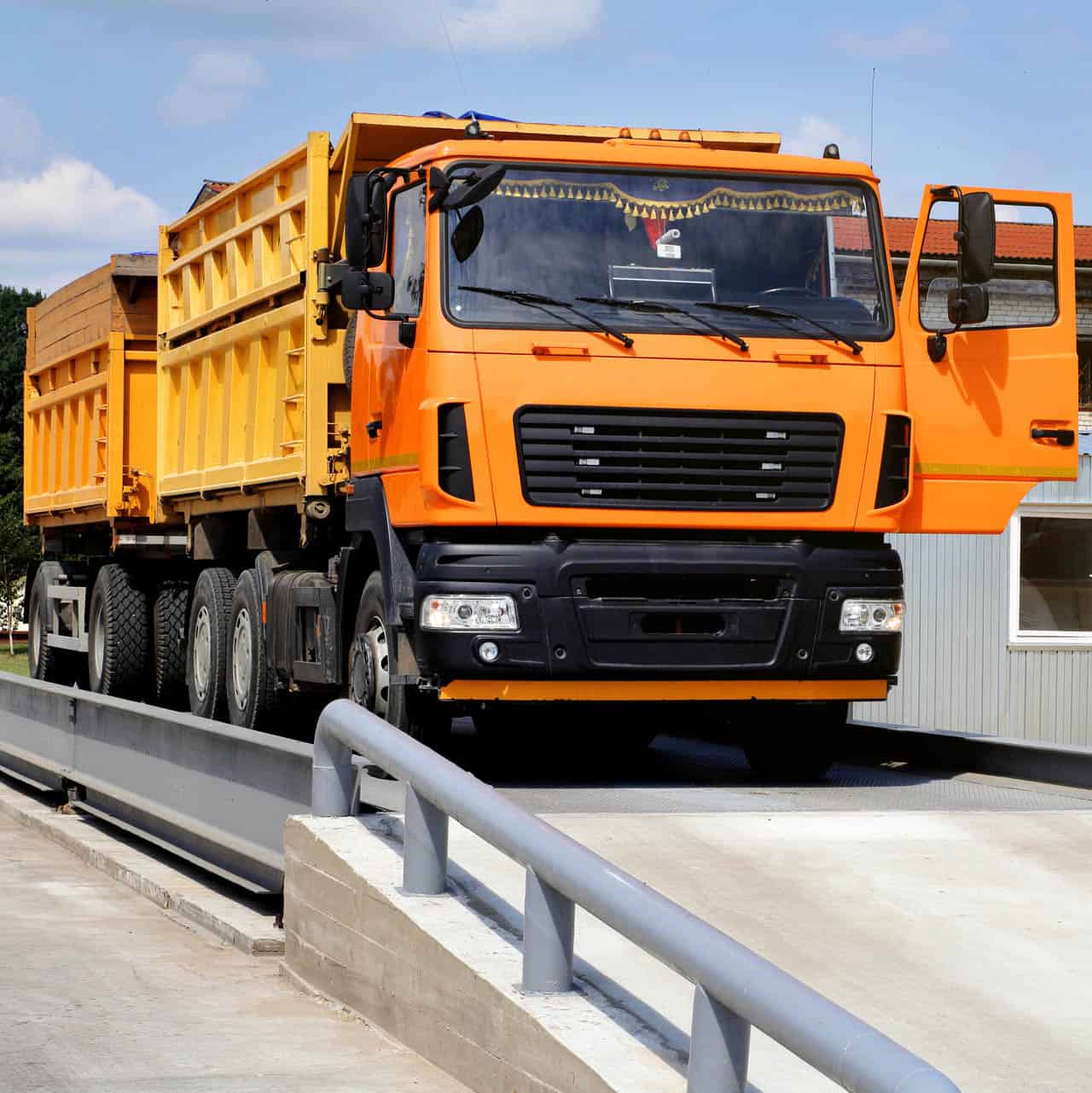
Weighbridges play a key role in several industries when it comes to weighing vehicles. Learn more about weighbridges with these 5 interesting facts.
What Is a Weighbridge: 5 Interesting Facts
If you need to weigh a heavy vehicle and its load, then you definitely need a weighbridge. While it is possible to use a pubic weighbridge, these are often in inconvenient locations or too time-consuming to access.
There are many benefits to getting your own weighbridge if you need to transport goods by road or rail. Weighbridges are a crucial piece of equipment in many industries where it’s important to have accurate weight measurements.
But what exactly is a weighbridge and what different types are available? If you need to choose a weighbridge for your industrial premises, read on to discover 5 interesting facts about weighbridges. This will help you to choose the best solution for your industry.
1. What Is a Weighbridge Used For?
A weighbridge is essentially a giant set of scales, used to weigh bulky items. One of the most common weighbridges uses is the measurement of the weight of large vehicles. This can include trucks or rail containers.
Industries such as mining and quarries use weighbridges to gain accurate measurements of the weight of their goods inward and goods outward. Other industries where bulk movement occurs include iron and steel, household goods, agriculture, forestry, and construction.
Any industry which has a requirement to move heavy goods in large vehicles will benefit from having a weighbridge.
2. How Do Weighbridges Work?
Business owners need to have accurate measurements for the goods that enter and leave their premises. This is particularly important when the weight of the cargo determines its financial value. But it’s hard to measure a load on its own.
Weighbridges work by measuring the weight of the vehicle before and after the goods have been loaded on board. The difference between these two measurements defines the weight of the load – and also often the value.
Many weighbridges now include software solutions to automate the processes associated with data collection and calculation of weights. The software also enables storage of the data that it collects. This makes the whole process much more efficient.
3. What Are the Different Types of Weighbridge?
The type of weighbridge you choose to install on your premises will depend on various factors. These include your budget, the amount of space you have available, and the conditions on your site.
Above-ground weighbridges don’t require foundations or building works to set up. However, they do require a lot of space for ramps and associated steelworks. In-ground weighbridges are built underneath the ground level. These weighbridges require a lot of construction work and are best suited to sites with limited space available.
One of the more complex weighbridge types is the portable weighbridge. These are useful in situations where it is easier to transport the weighbridge between sites rather than moving loaded vehicles. Portable weighbridges are often used in the construction and logging industries.
4. What Are the Consequences of Not Using a Weighbridge?
There are laws in every country to control the weight of vehicles allowed to travel on certain roads. In Australia, the National Heavy Vehicle Regulator (NHVR) governs these regulations. It’s important to adhere to the rules to protect public roads from damage.
Companies can also be fined by government officials if they’re found to be overloading their vehicles. Not only does this present a financial risk to a company, but it can also lead to reputational damage and loss of customers.
Overloaded trucks also present a major safety risk. If trucks are overloaded or the load is unevenly distributed, they can tip over during driving maneuvers. This could endanger the safety of the driver and also result in the load being lost or damaged, with financial implications.
These risks can all be avoided by using a properly calibrated truck weighbridge. This will ensure that vehicles are loaded within the legal limits and goods can be transported safely.
5. How Do I Choose a Weighbridge for My Premises?
Your first decision on which type of weighbridge to choose for your premises will depend on how much space you have available. A surface-mounted weighbridge requires much more space for vehicles to drive on and off the weighbridge.
A pit-mounted weighbridge does not require as much space, but there is a requirement for groundwork for the pit to be created. This includes building adequate foundations. Drainage is also important. If the pit does not drain properly, the weighbridge could become damaged. This will incur extra costs for servicing and repairs.
You also need to decide which material to use for the weighbridge deck. The most common options are steel or concrete. Either should last over 20 years with correct care and maintenance.
Clearly, a concrete deck will be a lot heavier, so there will be additional costs incurred in the transportation and installation. However, concrete has the benefit of not being susceptible to rust, although it can crack and crumble if exposed to freezing temperatures for long periods of time.
A steel weighbridge deck needs to be constructed with high-grade steel to ensure that it can take the full weight of heavy vehicles. Cheaper steel weighbridges can withstand a lower overall weight and often have lower quality load cells fitted.
The cost of a weighbridge is likely to be a major deciding factor for any business. It is a significant investment. Every business has slightly different requirements and the type of weighbridge and materials used will be major factors in the overall price.
Another crucial factor to consider is maintenance costs. If businesses neglect to maintain their weighbridge, they can end up facing large repair bills. There is also a risk of loss of business if a weighbridge fails and is out of action for long periods of time, awaiting repair.
Making a Decision About Your Weighbridge Requirements
Choosing a weighbridge is a big decision for any company. The information provided above should help you to feel more well-informed as to the different types of weighbridge available and the factors you should consider when purchasing a weighbridge for your commercial or industrial premises.
It’s a complex subject and you may well have more questions. Please don’t hesitate to get in touch with us today, to discuss your needs further.

